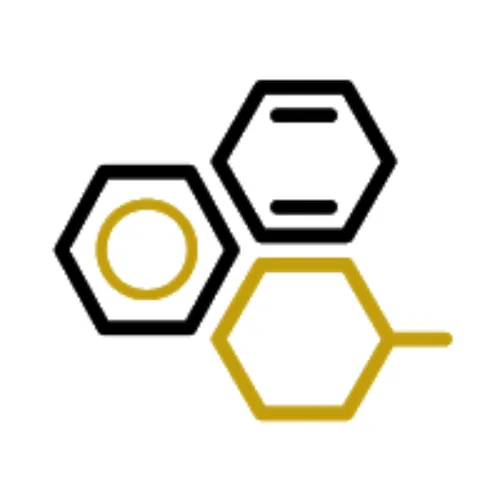Topic: UV-VIS Spectrosopy
- Author
- CHEMDUNN
- Published
- Fri 05 Sep 2025
- Episode Link
- https://podcasters.spotify.com/pod/show/chemdunn/episodes/Topic-UV-VIS-Spectrosopy-e37r0ud
This episode explains UV-Vis spectroscopy, an analytical technique that measures how much ultraviolet and visible light a substance absorbs. It describe how the instrument works, its main components, and the Beer-Lambert Law (A=ɛbc), which shows that a sample's absorbance is directly proportional to its concentration. It also explains how to use this principle to calculate unknown concentrations and create a calibration curve. It concludes by highlighting the wide range of practical applications for UV-Vis spectroscopy in fields like pharmaceuticals and environmental science.
